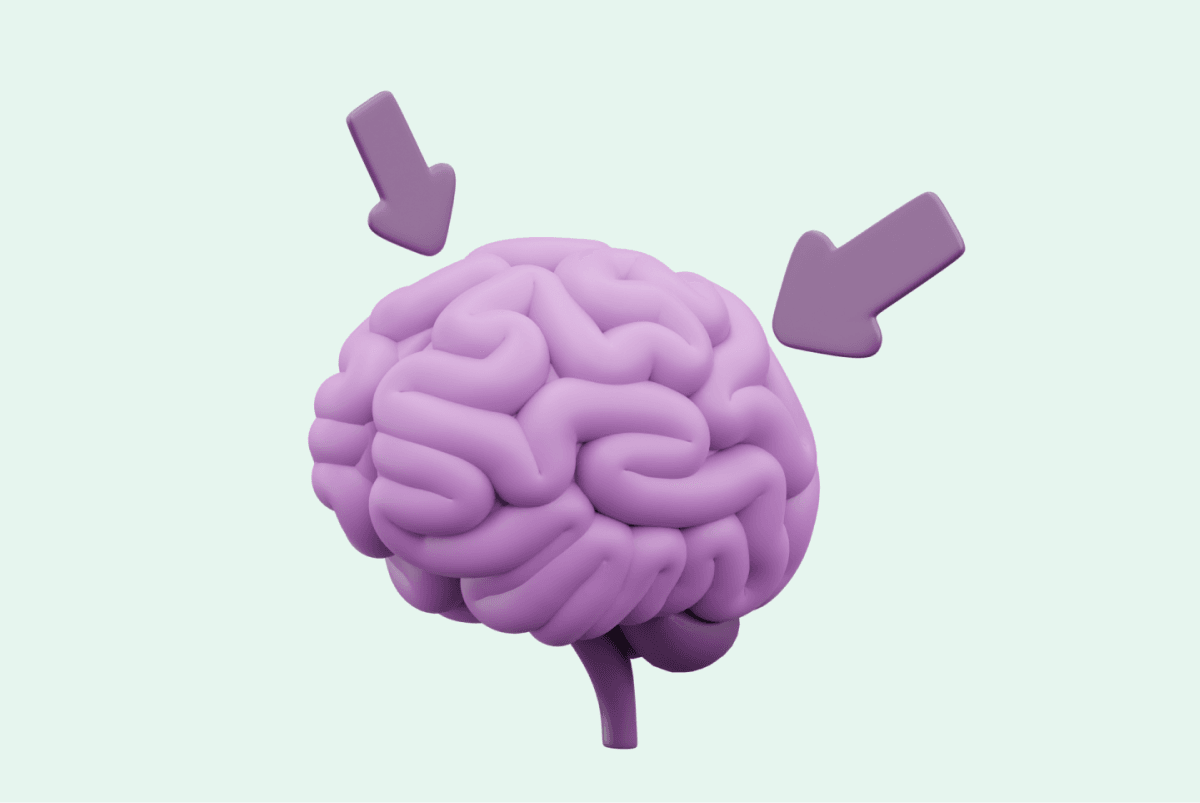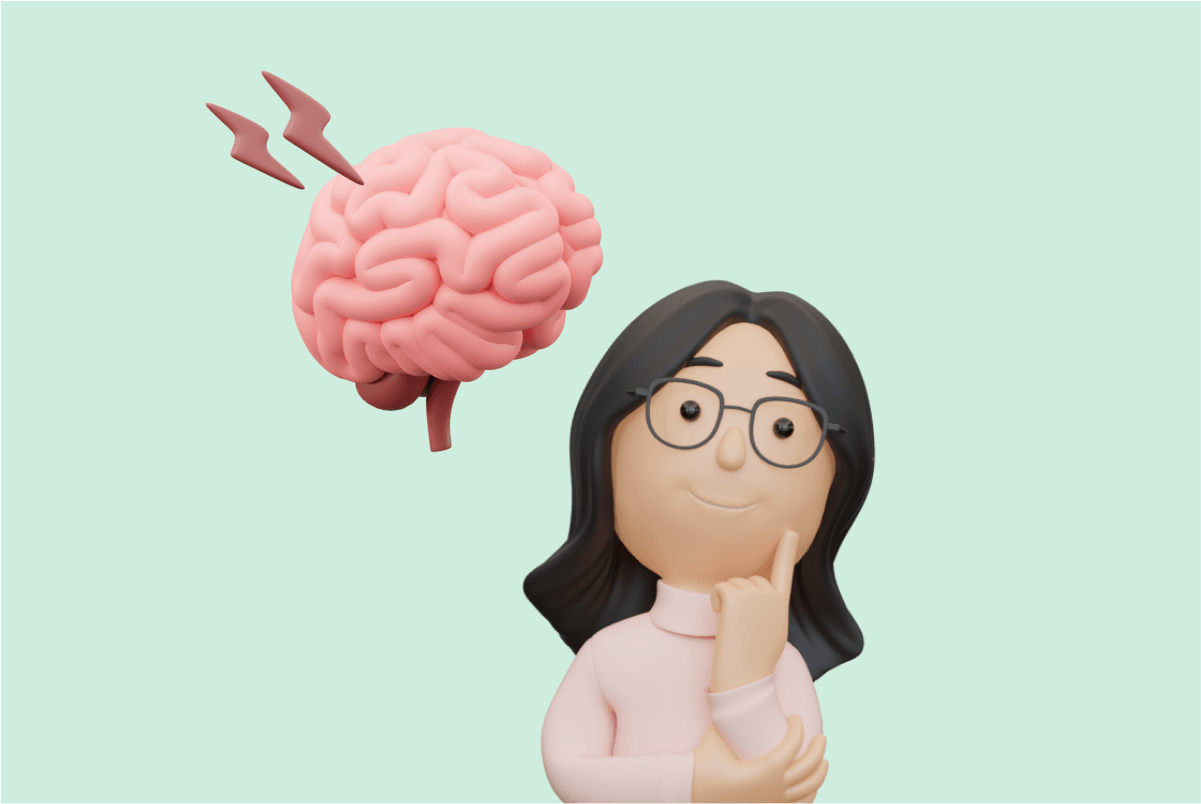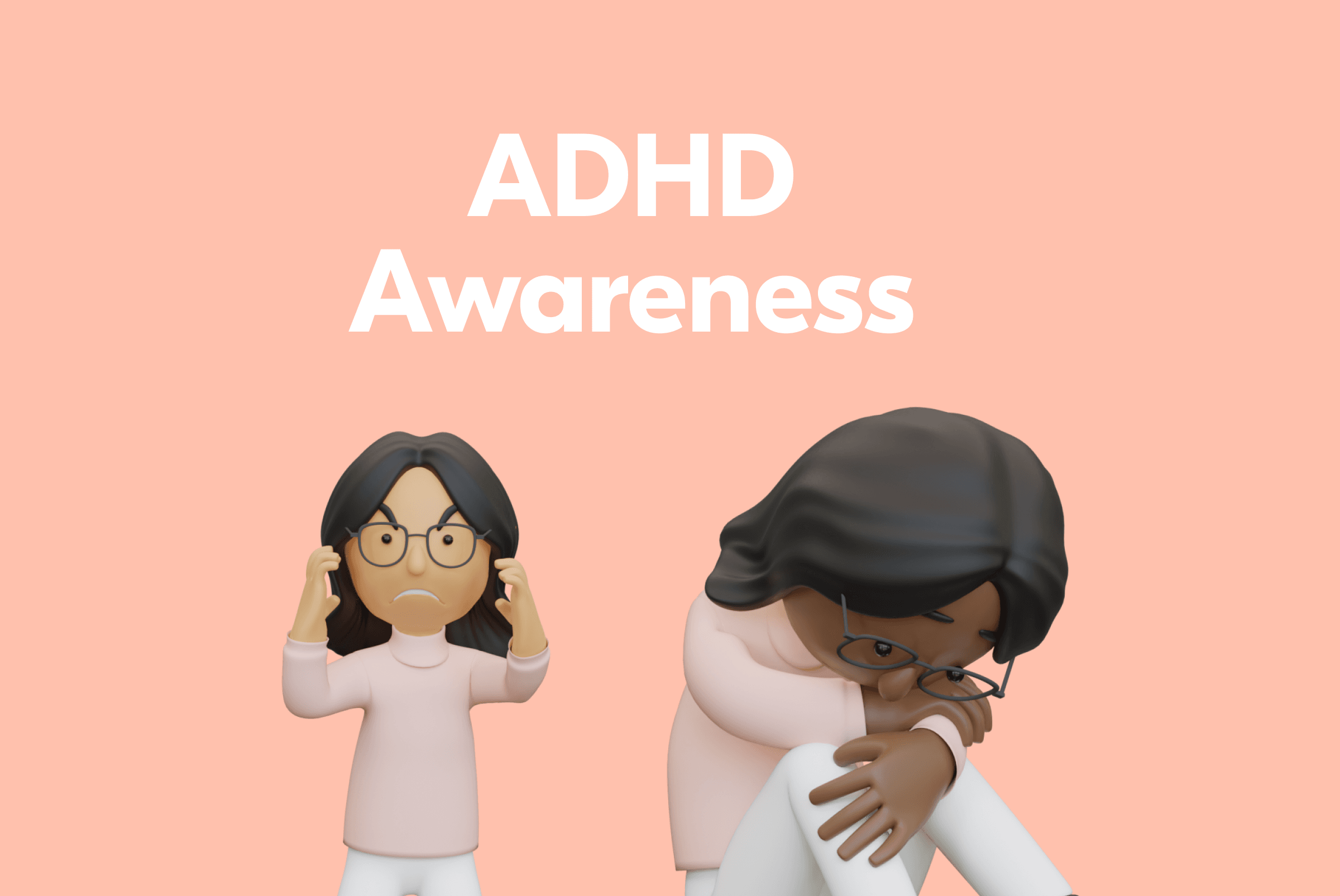How to Recognize Addiction Problems
A founder of individual psychology Alfred Adler claimed that in order to be empathetic, one must see with the other person's eyes, hear with his ears, and feel with his heart. This definition will be useful since we will try to explain empathy at the level of the brain. Because as you will see, we will find out that empathy is about perceiving what we would perceive in another person's situation.
Mirror neurons
Mirror neurons are a specific type of brain cell that react in the same way when we do something ourselves and when we observe someone else doing the same thing. To put it more simply, they copy the neuron activity of the person you observe. Some psychologists link these neurons to empathy, according to others the relationship is more complex.
For instance, they are the very reason why we automatically touch our cheek when someone else touches theirs, or why we smile when someone smiles at us. If you want to understand it a little more, we recommend watching this video. They can also explain why children learn so many things just by observing adults.
Location of empathy in the brain
In one research, the subjects were presented with short real-life situations. Imagine that you're sitting on the toilet and someone opens the toilet door that you have forgotten to lock. Situations like this usually induce strong social emotions. In this case, it could be shame or guilt, for example. But in other cases, it could be neutral emotions. Then researchers asked participants to imagine how they would feel if they were in those situations, and how their mother would feel in those situations.
The brain is incredibly complicated and therefore it is difficult to know where any psychic function is located. That's why scientists often investigate what mental functions change or disappear completely when a certain area of the brain is damaged. People with damage to a specific part of the insula, a fifth brain lobe, and something we call the anterior cingulate gyrus, have been found to have deficits in empathy. This might answer the question of where empathy resides, but brain research in general is still in its infancy. For now, we'll have to settle for what we know.
This text was written by our mental health expert. In addition to her expertise, we have used the following resources:
- Mount Sinai Medical Center. (2012, October 24). Area of the brain that processes empathy identified. ScienceDaily. Retrieved November 18, 2022 from www.sciencedaily.com/releases/2012/10/121024175240.htm
- Scihow Psych. (2019, 17.6.). What Do Mirror Neurons Really Do? [Video]. Youtube. https://youtu.be/pGYKcqzG_7M
- Van Dongen, J. D. (2020). The empathic brain of psychopaths: From social science to neuroscience in empathy. Frontiers in Psychology, 11, 695. https://doi.org/10.3389/fpsyg.2020.00695
- Winerman, L. (2005, October 1). The mind's mirror. Monitor on Psychology, 36(9). https://www.apa.org/monitor/oct05/mirror



